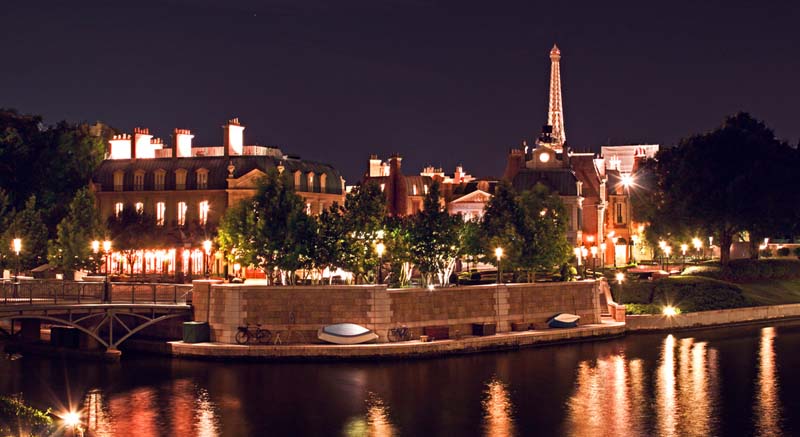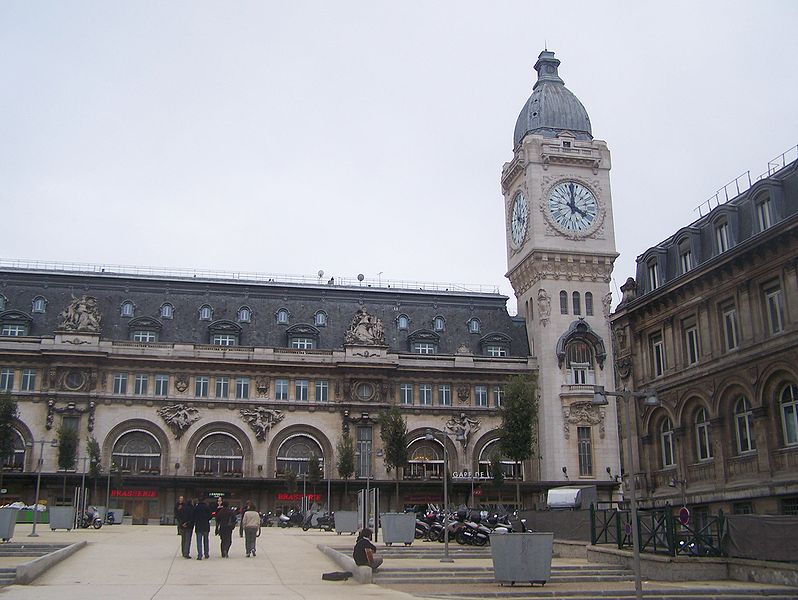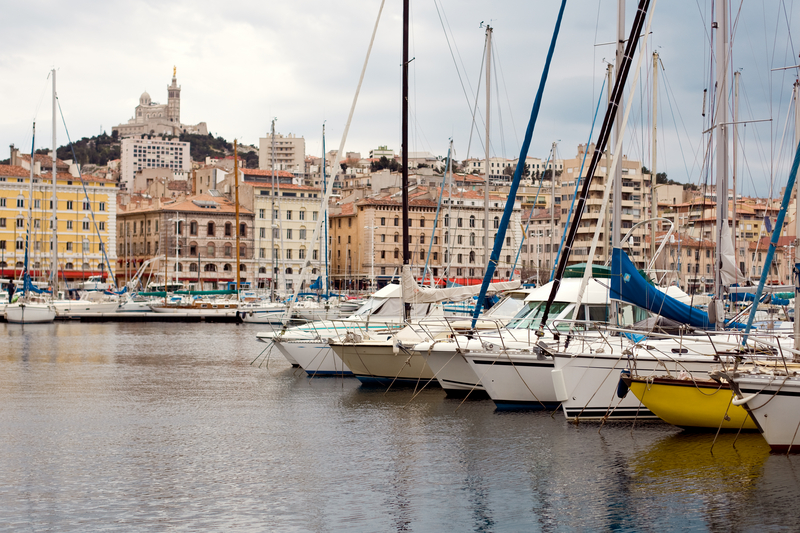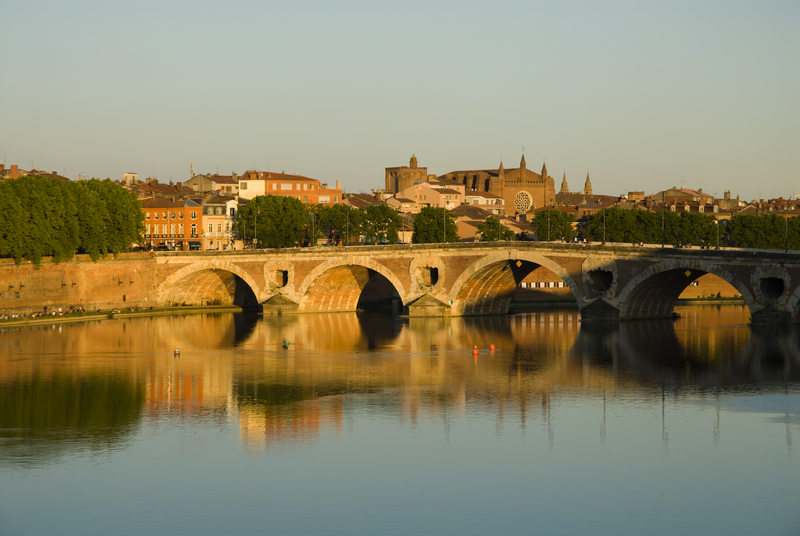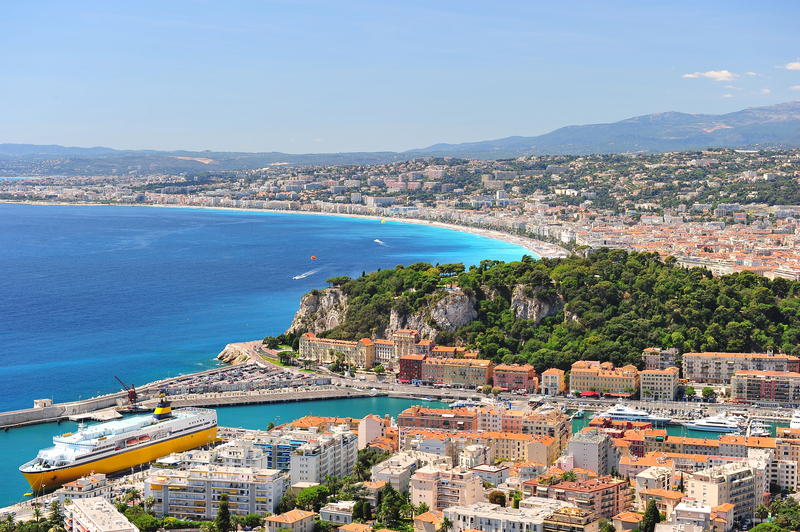Deauville is perhaps the most famed among all the towns of France for its beauty and luxury. This seaside city in Lower Normandy is known throughout the world for its five-star hotels, beaches, cultural festivals, casinos and horse races.
The town of Deauville was formally established in 1060 on the coast of Normandy. For eight centuries, Deauville remained a sleepy village on the English Channel known only for the excellence of its horse breeding. In the 1860s, however, fate decided to visit the small Norman town. Duke Charles de Morny, half-brother to Emperor Napoleon III, visited Deauville and was taken by its peacefulness and the beauty of its gardens.

In 1862, the Duke bought 2.4 square kilometers of land in the vicinity of Deauville and began to turn the town into what it is today. De Morny funded the construction of the Deauville-La Touques Racecourse and the opening of a railroad line from Paris to Deauville. The elite of Paris soon heard about the beauty of Deauville and began to buy old Norman estates and build second homes in and around the seaside town. By 1870, Deauville’s fame as a center of luxury and recreation had been firmly established.
Deauville is still a prime vacation spot for the rich and famous. The town itself has a population of around 3,500 but contains dozens of hotels that range from the affordable to the extravagant with many deals being found on citybreaks.org. Among Deauville’s most famous accommodations are the 19th century luxury hotel Normandy Barriere and the castle-like Augeval Hotel.
If you have a taste for gambling, be sure to check out one of Deauville’s historic casinos. Casino Barriere de Deauville is the most famous of Deauville’s gambling houses and features all of the classic European casino games.
Deauville isn’t just for the high roller, though. This town is full of attractions that anyone can enjoy. The April Easter Festival of Classical Music is a must-see for the music lover, and the December Noël au Balcon street theater event is a Christmas festival like no other. If you’re a film expert, be sure to visit Deauville during its famous Deauville American Film Festival. This annual event attracts some of the world’s greatest actors, awards prizes to American movies and offers film viewings to the general public. Visitors who would rather enjoy the sea will love the beaches and resorts of the nearby Côte Fleurie.
No trip to Deauville is complete without a visit to the 19th century Deauville-La Touques Racecourse. Horse breeding and racing is at the heart of Deauville’s history. Whether you’re a gambler or you simply enjoy the thrill of the race, you shouldn’t miss Deauville’s unparalleled horse racing.




